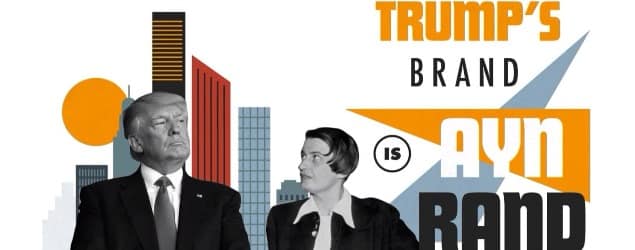Some CEO Pay Ratios that Actually Matter

The SEC recently mandated that most public corporations publish the ratio between the pay of its top executives and the median pay of its employees. It’s a totally meaningless ratio that has no purpose other than to shame highly-paid CEOs.
But in his recent book, The Inequality Trap, Canadian economist William Watson gives us some ratios that do matter — ratios that, in this case, contrast what JP Morgan Chase head Jamie Dimon earned and the value his company created.
At the end of 2011 [Jamie Dimon’s] bank had $2.1 trillion in assets under management, larger than Canada’s GDP for that year (US$1.73 trillion). The bank’s net income was $18.98 billion on revenue of $97.2 billion. Jamie Dimon’s 2011 compensation of $23.1 million was therefore 0.12 per cent of the bank’s net income, just a little over one-tenth of 1 per cent. Between 2010 and 2011 that net income had risen by $1.606 billion. The increase in Dimon’s compensation (from $20.8 to $23.1 million) was just 0.14 per cent of that increase. . . . [The relevant question is, did] he manage in 2011 to raise his company’s income and profits by one-tenth of 1 per cent? (p. 36.)
In the end, what a company pays its executives is nobody’s business but the shareholders. They’re the ones that foot the bill, and if they think a CEO is overpaid, they can either fight for lower compensation or sell their shares.
But I do think it’s important for the public to have some sense of why successful CEOs are paid so much. (It’s precisely because they don’t that the attacks on CEO pay have been successful.) Comparing a CEO’s pay to his employees’ pay doesn’t shed light on that issue. Comparing his pay to the value the company creates, does.



